Just because a product doesn’t have an expiration date, doesn’t mean it lasts forever. In fact, some items can be downright dangerous if you use them past their shelf life. We’re talking about household items that look seemingly innocent, and like they should last forever unless the shape they are in suggests otherwise.
So, how do you tell when it’s time to replace something without a packaged expiration date? We have a simple guide to help you update things around your house that, at best, might be gross, and, at worst, might be putting your family at risk. These are items like power strips and even bleach (weird, we know).
If you have trouble tossing items that don’t really feel risky, you’re not alone. No one wants to be wasteful. Hopefully our reasoning will allow yourself permission to dump the stuff that is past its expiration.
(Oh hey, while you’re rotating items and getting rid of expired stuff, learn how to build a coupon stockpile so you always have a fresh item on hand.)
Download the Krazy Coupon Lady app to have money-saving tips sent straight to your phone when they’re hot off the presses.
1. When should you replace power strips?

Replace power strips when they feel hot to the touch. Not all power strips and surge protectors come with an expiration date on the packaging, but you’ll want to replace even high-quality power strips every year or two.
If they start to discolor or feel hot to the touch, replace them.
Faulty power strips are a leading cause of home fires, and they can fry your electronics if they’re not in top condition.
Need new power strips?
- Belkin Power Strip Surge Protector – 12 AC Multiple Outlets ($19.49, Amazon), originally $27.99
- Philips 6-Outlet Surge Protector with 4ft Extension Cord, White ($11.69, Target)
2. When should you throw away your baby’s pacifiers?

Toss your baby’s pacifiers after two to five weeks of use. For starters, we’re impressed with anyone who can actually keep track of the same pacifier for more than two weeks (seriously, where do those things hide?). However, the latex material in pacifiers breaks down quickly and tiny cracks can create a hiding place for germs. For this reason, it’s best to replace them after 2 – 5 weeks.
- Philips Avent 2pk Soothie Pacifier 3+ Months ($3.79, Target)
- Dr. Brown’s 3pk HappyPaci Silicone Pacifier ($4.99, Target)
Save money on all of the accoutrement infants require with these baby deals.
3. When should you replace wooden spoons?

See cracks in your wooden spoons? Replace them, stat. When it comes to wood kitchen utensils and surfaces, people have a lot of different ideas. Some tout wood’s inherent antibacterial nature, which it does have, however that does not mean the material can kill bacteria, according to the organization Hygiene Food Safety. Wood is very porous, which means wooden spoons can hang on to germs and bacteria (like E. coli from raw meats).
Wooden spoons should be replaced after five years (or earlier if the wood is cracked or chipped, providing crevices where bacteria can thrive).
- Sur La Table Walnut Spoon ($7.99, Sur La Table), originally $13.50
- KitchenAid Universal Bamboo Tools, 12-Inch ($3.29, Amazon), originally $5.99
4. When should you throw out bleach?

Use bleach for laundry only (not cleaning!) after the three-month mark. Believe it or not, the Environmental Protection Agency has set federal standards for bleach.
After three months, the disinfectant qualities of bleach start to fall below these standards, which means it loses its potency for cleaning but is still effective for household laundry use.
See all laundry deals.
5. When should you throw away protein powder?

Toss protein powder out no more than two months after its expiration date. Vitamins and supplements lose potency the older they get.
The expiration date on protein powders is generally one year after its manufacture date, but you can usually get a few more months out of them if they’re stored properly—away from light and heat.
- Body Fortress Whey Isolate Protein Powder, 60g Protein, Vanilla, 1.5 lbs. ($25.98, Walmart)
- MuscleTech Grass Fed 100% Whey Protein Powder – Triple Chocolate – 28.8oz ($19.79, Target)
6. When should you replace kitchen sponges?

Replace kitchen sponges every two weeks—even if you’re disinfecting them! Bacteria, fungi, and mold multiply quickly in damp, warm environments, so kitchen sponges are particularly at risk, especially if you don’t let them dry out between uses.
You can disinfect sponges by boiling them, but as a general rule, they should be replaced every two weeks.
- Scotch-Brite Ocelo Handy Sponge – 4pk ($2.79, Target)
- Scotch-Brite Non-Scratch Scrub Sponges, 6 Scrub Sponges ($5.79, Amazon)
See all cleaning supplies deals.
7. When should you get a new toothbrush?

Get a new toothbrush every two months or after an illness, whichever comes first. Toothbrush bristles become worn down and bacteria can build up over time.
Dentists suggest switching to a new toothbrush every two to three months.
Replace your toothbrush even sooner after catching a cold or flu and especially after strep throat. If you don’t, you could risk getting sick again.
- Colgate Toothbrushes Premier Extra Clean – 12 Toothbrushes ($9.99, Amazon)
- Oral-B Pro Crossaction 1000 Rechargeable Electric Toothbrush ($29.99, Target), originally $49.99
See all toothbrush deals.
8. When should you get a new shower loofah?

Get a new shower loofah after two months of use. Like kitchen sponges, shower loofahs — both natural fiber and plastic ones — are a breeding ground for bacteria and mold.
Natural loofahs start to grow bacteria after just a couple weeks of use, while plastic mesh loofahs last up to two months.
- Bath Loofah ($1.99, Target)
- 6-Pack Eco-Friendly Loofah Set ($10.99, Amazon)
9. When should you replace lotion?
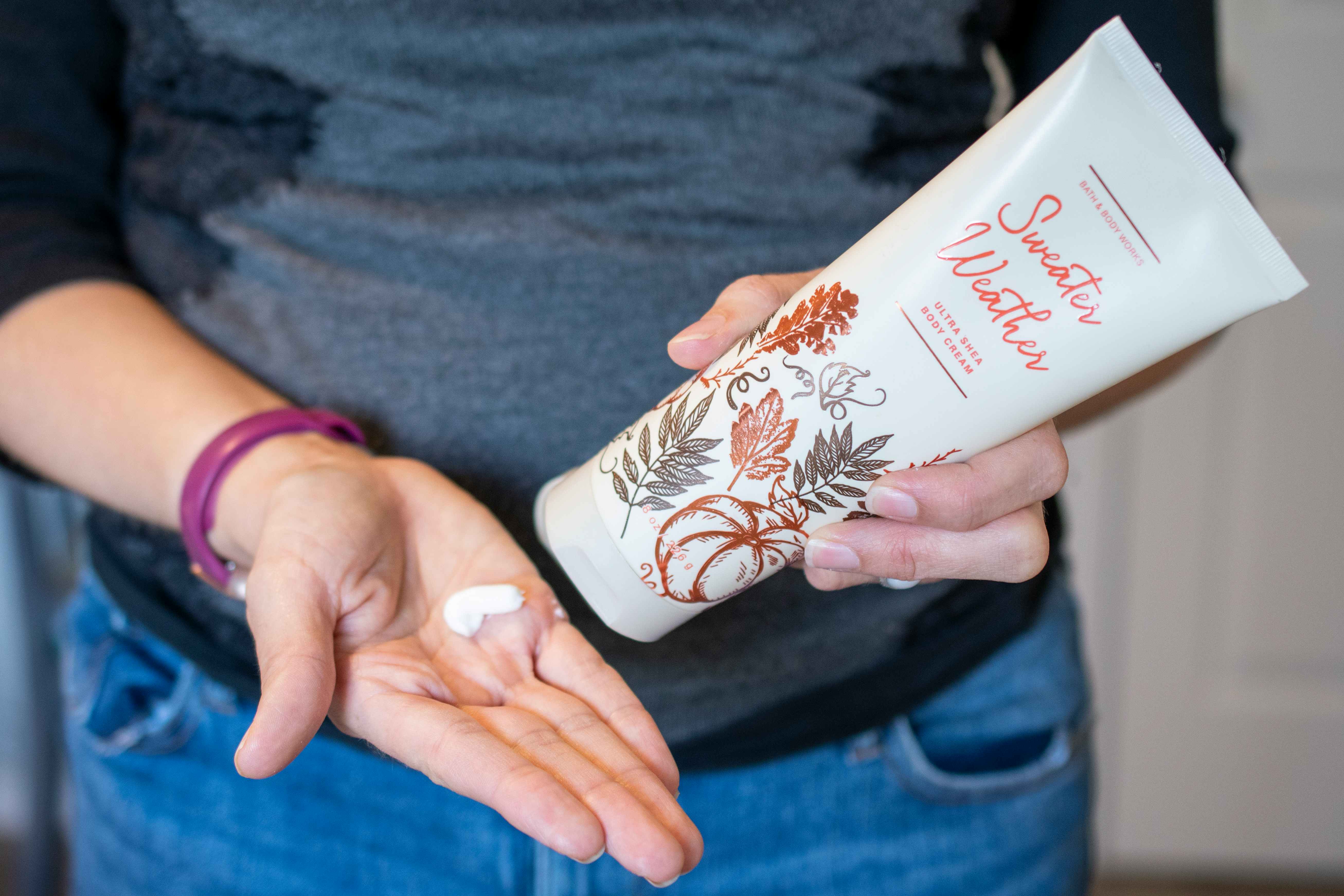
Replace lotions and moisturizers one year from first use. Moisturizers in a tube should last for at least two years after opening, but will eventually dry out and lose their effectiveness.
Lotions in a jar that you use your fingers to apply, like body butter, can easily become a host for bacteria. Make sure your hands are clean when you use jarred lotions, and be sure to toss the tub after one year.
- First Aid Beauty Limited Edition Ultra Repair Cream Pink Grapefruit ($19, Ultra), originally $60
- Victoria’s Secret Honey Lavender Soothing Body Lotion ($6.99, Victoria’s Secret), originally $17.95
See all lotion deals.
10. How long does bar soap, bath gel, and body wash last?

Plan to get three years of use out of bar soaps, bath gels, and body wash. It seems counter-intuitive, but old soaps might not get you as clean as you want to be.
Experts agree that we shouldn’t store soaps, bath gels, and body wash longer than three years.
- Bliss Lemon & Sage Soapy Suds Body Wash ($8.25, Ulta), originally $11
- Raw Sugar The Wish List Gift Set – Winterberry + Mint ($8, Kohls), originally $10
See all body wash deals.
11. When should you throw out shampoo, conditioner, and hair styling products?
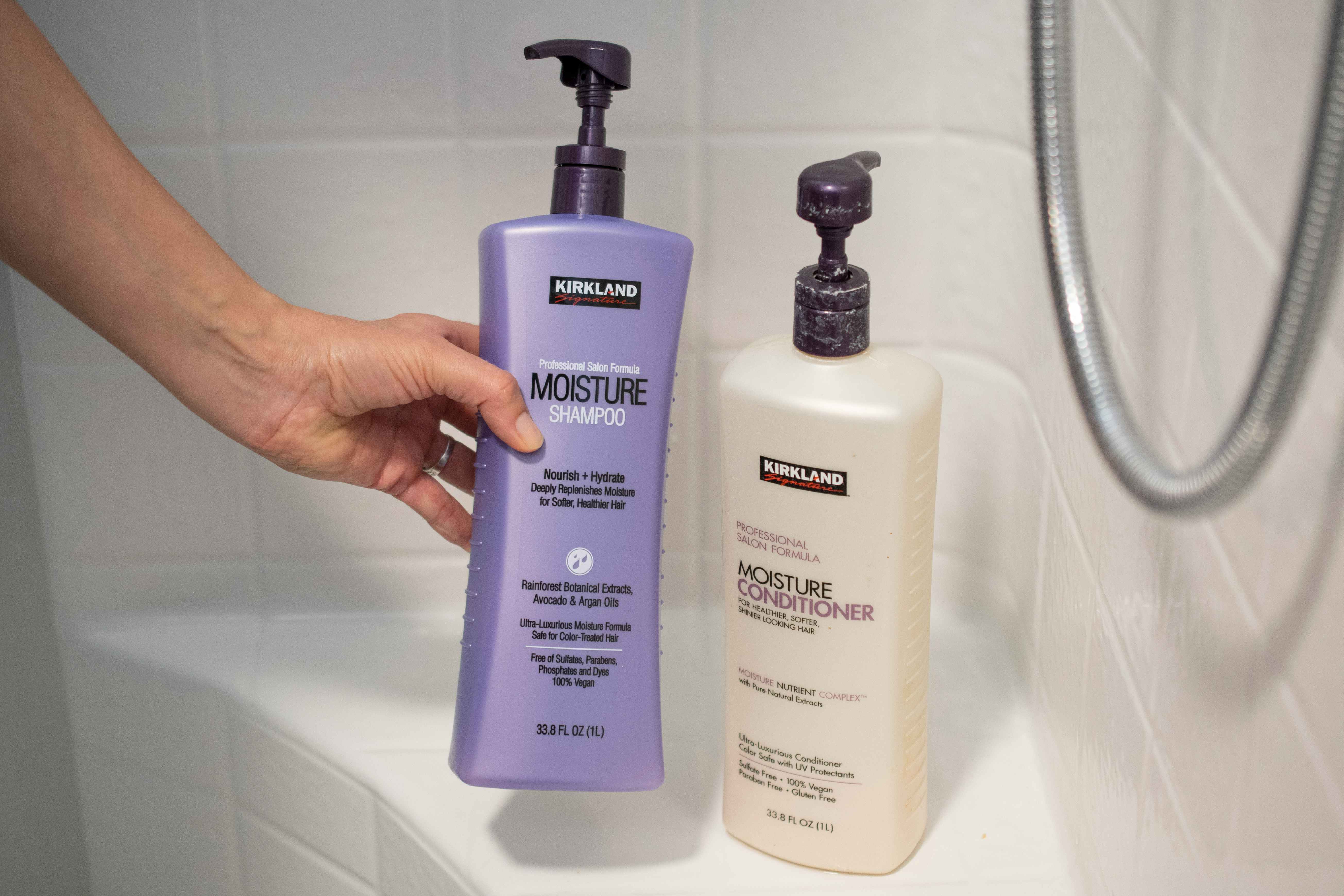
Toss opened shampoo, conditioner, and hair styling products after one year. You can hang on to unopened shampoos, conditioners, and other hair styling products for up to three years.
Once opened, though, these products will only be effective for one to two years.
- Paul Mitchell Feel The Freshness 3-pc. Gift Set ($17.99, JCPenney), originally $29.99
See all hair care deals.
12. When does sunscreen go bad?
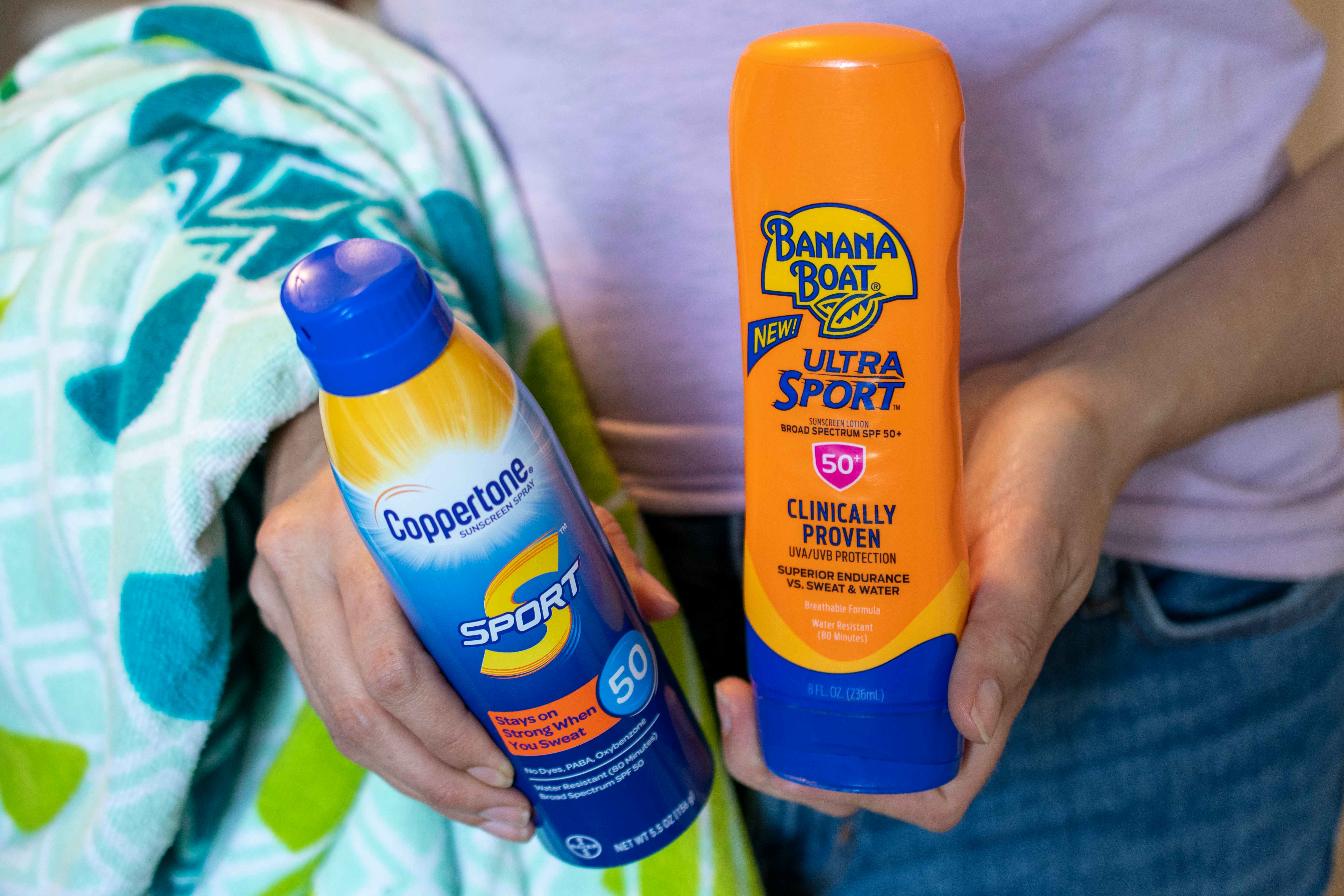
Trust sunscreen to protect you only until its expiration date. Not all sunscreens have an expiration date printed on the bottle.
If yours doesn’t, make a note of the purchase date directly on the bottle, and throw it out after three years.
After that, sunblock starts to lose its potency.
- Cetaphil Sheer Mineral Sunscreen SPF 50 Face Liquid Fragrance Free ($7.49, Walgreens), originally $14.99
- Neutrogena Sensitive Skin Mineral Sunscreen Lotion SPF 60+ Fragrance-Free ($7.29, Walgreens), originally $13.49
See all sunscreen deals.
13. When should you throw out your toothpaste?

Replace your toothpaste after two years. Expiration dates for toothpaste vary by manufacturer and brand.
In general, though, toothpaste is good for about two years from the manufacture date.
See all toothpaste deals.
14. When do acne products go bad?

Count on your anti-acne products for three months, then replace. Once they’re opened, anti-acne products containing benzoyl peroxide are good for just three months.
Similar products with retinol, glycolic acid, and Vitamin C can also deteriorate quickly.
- Tea Tree Skin Clearing Facial Wash ($13.30, Ulta), originally $19
- DERMA E Acne Deep Pore Cleansing Wash with Salicylic Acid, 6 oz ($10.98, Walmart), originally $15.50
See all Clean & Clear coupons.
15. How long does hydrogen peroxide last?

Toss hydrogen peroxide after three months. Most of us keep a bottle of hydrogen peroxide in our medicine cabinets for years.
But once you open a bottle, hydrogen peroxide chemically turns into regular water in only two to three months.
An unopened bottle can last for a year but should be discarded after that. When hydrogen peroxide loses its fizz, it’s lost its potency.
16. How long does flour last?

When stored correctly — in an airtight container — flour can last six months to a year.
After that, you’ll notice a clear difference in taste.
- Rubbermaid 8pc Brilliance Pantry Food Storage Container Set ($29.99, Target), originally $46.99
- Storagin Airtight Food Storage Containers – 14 piece set ($21.99, Amazon), originally $33
See all flour deals.
17. How long does iodized salt last?

Throw out iodized salt if it’s lived in your pantry longer than five years. Salt in its purest form will last forever, but once iodine is added in order to make iodized salt, it’ll last about five years.
18. When should you replace olive oil?

Replace olive oil after two years. Two years after its manufacture date, the color or taste of olive oil may change slightly, but it’s still safe to use.
See all olive oil deals.
19. How do you tell when potatoes are bad?
If you store your potatoes in a cool, dark place, they should be usable for two to three months.
But potatoes contain small amounts of a toxic chemical called solanine that can be dangerous, even fatal if consumed.
When potatoes are fresh, the toxin is minimal, but if potatoes have sprouted or have been exposed to the elements for long periods, the solanine becomes concentrated.
Technically, if you remove all of the sprouts these potatoes are OK to eat. However, for your safety, throw old, sprouted potatoes into the trash.
See all produce deals.
20. When should you throw out disposable razors?

Replace disposable razors after four shaves. Bacteria can build up on razors, and blades can become dull over time, causing razor burn.
To avoid this, replace your razors once a week or after three to four shaves.
- BIC Sensitive Men’s Disposable Razor – 48 ct. ($5.98, Sam’s Club), regularly $9.98
- Sensor2 Base Disposable Razor ($4.29, Walgreens), regularly $7.79
See all razor deals.
21. When does mascara go bad?

Swap out your mascara every three months to avoid pinkeye. An open tube of mascara can start to show traces of bacteria (causing pinkeye and other infections) in a matter of just three months.
- BADgal BANG! Volumizing Mascara ($10, Macy’s), regularly $27
- Tarte Maneater Mascara ($12, Ulta), regularly $24
- CoverGirl LashBlast Mascara Value Pack, Very Black ($7.99, Walgreens), originally $14.99
See all mascara deals.
22. How long does lipstick last?

A tube of lipstick that’s been opened will last about two years.
After that, you’ll notice the smell and texture of the lipstick will begin to change.
It’s still safe to use, but it may not wear as well as it did when it was new.
- SEPHORA COLLECTION Clean Vegan Hydrating Satin Lipstick ($6, Kohls), regularly $12
- Milani Color Statement Lipstick ($4.89, Ulta), regularly $6.99
See all makeup deals.
23. How long does perfume last?

Get rid of perfume after two years, unless you don’t mind changes to its scent. While there’s no set-in-stone expiration date for perfumes, they do break down chemically over time, which means the smell will change.
Feel free to wear a perfume as long as you like the smell of it, but here’s the general rule: Perfumes and eau de parfum containing essential oils last three years when stored unopened, and two years after opening.
An unopened bottle of eau de toilette will last four years, and an open bottle will last two years.
- Elizabeth Arden 3-Pc. Prestige Fragrance Gift Set ($15, Macy’s), regularly $30
- Prada Candy Night Perfume, 1.7 fl.oz. ($38, Kohl’s), regularly $76
24. When should you replace bed pillows?

Sleep better when you replace bed pillows after three years. Over time, our pillows become home to dust mites and can hold on to other things like dead skin and dust particles.
After years of use, pillows tend to lose their loft, too, and a flatter pillow can lead to neck pain and a poor night’s sleep.
Replace your pillow every three years.
- Tommy Bahama Home Ultimate Comfort 2 Pack Standard Pillows ($14.99, Macy’s), regularly $50
- Nestwell Down Alternative Density Medium Support Standard/Queen Bed Pillow ($7, Bed Bath & Beyond), regularly $16
See all bedding deals.
25. When should you replace your mattress?

If you wake up most mornings feeling stiff or experience aches, pains, or any numbness, it may be time for a new mattress.
Even a mattress that doesn’t show signs of wear and tear, sagging, or other damage could be due for an update if you’ve had it for seven years or more.
If your mattress is more than ten years old, it’s time to replace!
See all mattress deals.
26. When is it time to throw out your bra?

Some of us hold on to our bras until the underwire starts poking into our ribs.
But the moment your bra loses its shape or elasticity or isn’t fitting properly anymore, it’s time for a new supportive friend.
If you hand wash and line dry your bras, they should last two years. If you machine wash them, you’ll want to replace your bras every year.
- Bali Double Support Spa Closure Wireless Bra ($12.99, Macy’s), regularly $44
- Vanity Fair Beauty Back Back Smoother Full-Figure Wireless Bra ($16.99), regularly $44
See all bra deals.
27. When does mosquito repellant go bad?

Get fresh mosquito repellant every two years. The active ingredients in mosquito repellents begin to decay and lose their strength after two years from the manufacture date.
Update your camping supply regularly.
See all Off! deals.
28. How long do running shoes last?

Get new running shoes after two years of use to avoid injuries. Once your running shoes have hit the 250-300 mile mark (generally after about one year of use), it’s time to replace them.
After that, the cushioning begins to break down, and injury to joints becomes more likely.
- FILA Windshift 15 Men’s Running Shoes ($19.99, Kohls), regularly $49.99
- adidas Women’s Puremotion Lifestyle Shoes ($29.99, Academy Sports), regularly $74.99
See all shoe deals.
29. How long do car seats last?

Replace car seats after six years of use, or after a car accident. Child car seats have an expiration date printed on the bottom or side of the seat (commonly six to ten years after date of manufacture).
Car seats are made from plastic, foam, and fabric, which degrade over time — especially with the constant temperature changes inside cars.
Replace your child’s car seat before the expiration date passes, or earlier (like immediately after) if it has been in use during a car accident.
- Graco TriRide 3-in-1 Car Seat ($132.99, Kohls), regularly $189.99
- Graco Slim Fit 3-in-1 Convertible Car Seat ($153.99), regularly $219.99
See all car seat deals.
30. When should you replace your bicycle helmet?

Get a new bicycle helmet every three years, or after a biking accident. Just like car seats, bike helmets become less effective after several years of use, or after any kind of accident.
Replace your helmet every three to five years, or sooner if it’s been damaged.
- Kask Rapido Helmet ($70, Backcountry), regularly $100
- Giro Fixture MIPS Adult Mountain Cycling Helmet ($37.95, Amazon), regularly $70
See all bicycle deals.
31. When do smoke detectors go bad?

Most smoke detectors will have an expiration date or a manufacture date on them.
Even if you replace their batteries yearly, smoke and carbon monoxide detectors can stop working properly after several years.
- First Alert Sa303Cn4 Battery Powered Smoke Alarm With Silence Button ($8.99, Walmart)
- Kidde Code One Hardwired Smoke Detector with Ionization Sensor ($11.49, Home Depot)
As a rule, replace them after ten years from manufacturer date.
32. When should you get a new fire extinguisher?

Get a new fire extinguisher every fifteen years to be sure it works when you need it. tThe chemicals in fire extinguishers will lose their potency eventually.
Extinguishers also lose air pressure over time.
Most will work well for five to 15 years if there are no cracks in the hose or weak seals on the neck. If you find any of these issues, have your extinguisher serviced as soon as possible.
- First Alert Rechargeable 1-a:10-b:c Residential Fire Extinguisher ($39.38, Lowe’s), originally $42.98
- Kidde Full Home Fire Extinguisher with Hose, Easy Mount Bracket & Strap ($49.97, Home Depot)
UP NEXT: Baby Hacks You’re Friends Should Have Told You About






















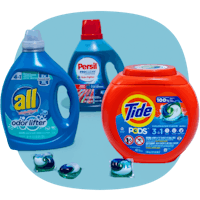









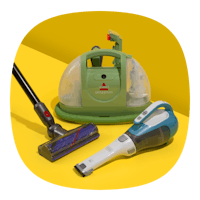

Tell us what you think